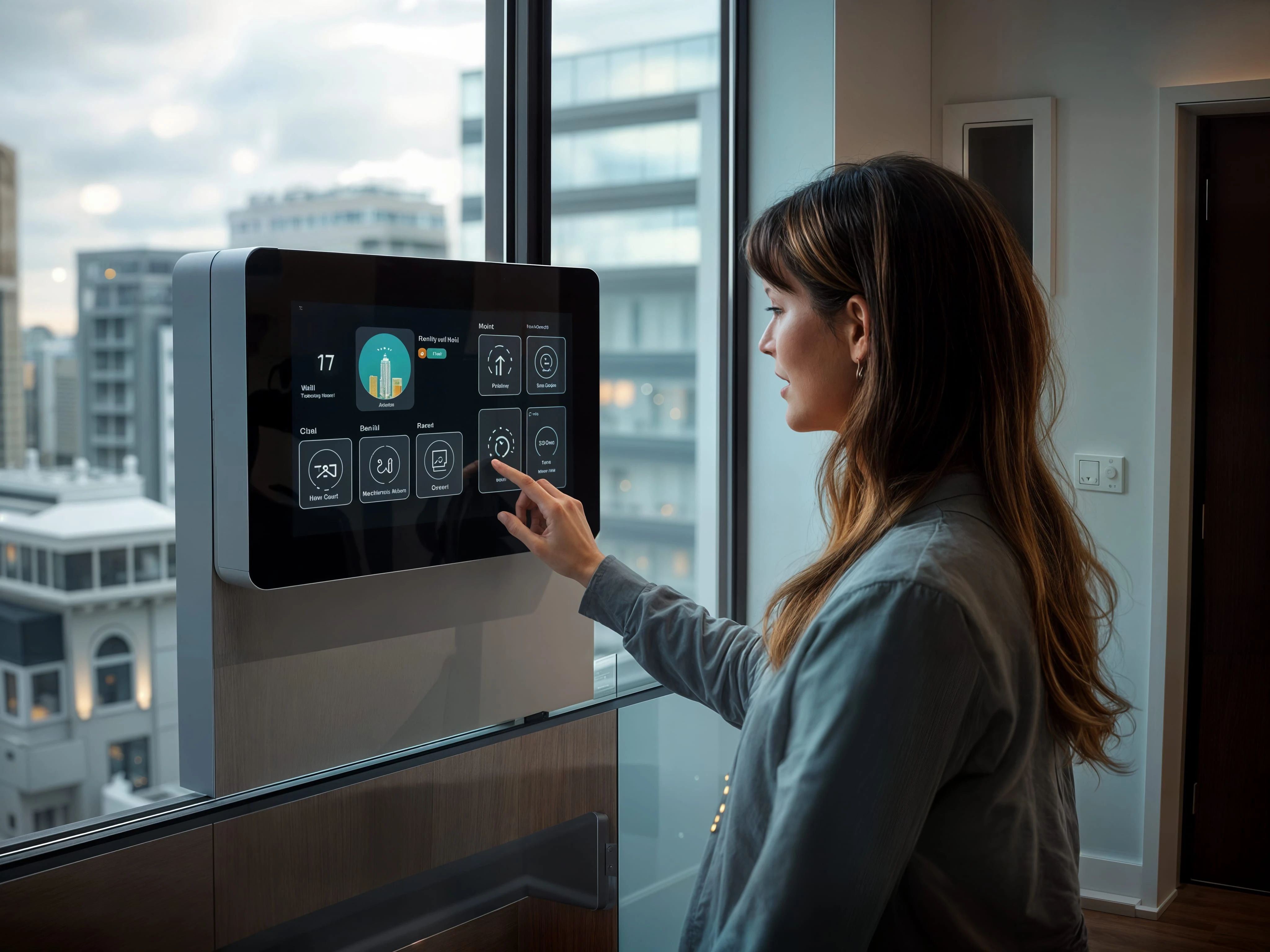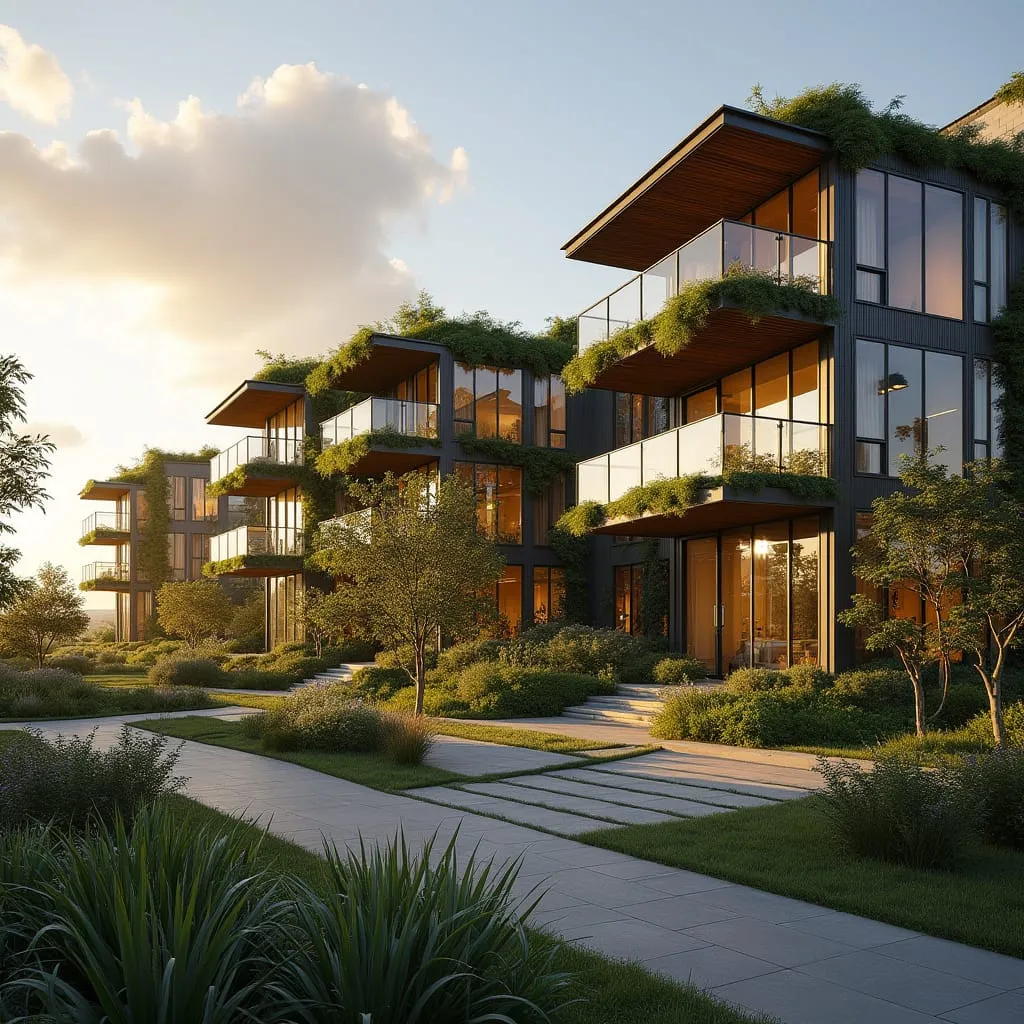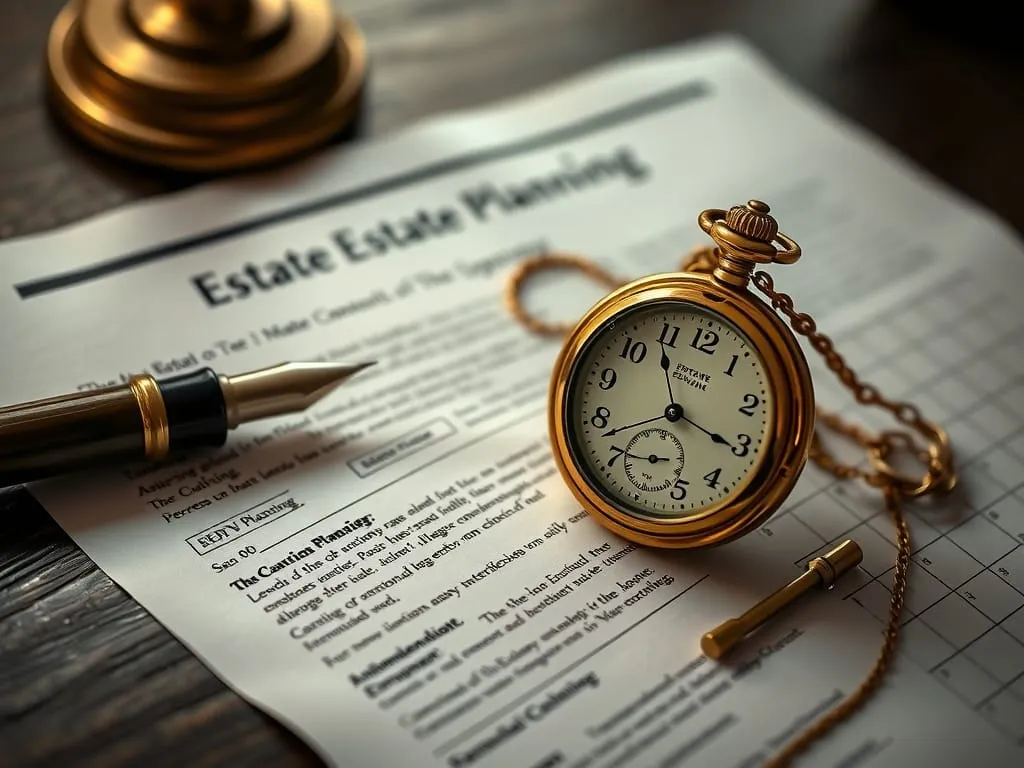Smart Buildings and IoT Integration
The convergence of Internet of Things (IoT) technology with real estate is transforming how buildings are designed, operated, and experienced. Smart buildings leverage interconnected devices, sensors, and data analytics to optimize performance, representing a significant evolution in the built environment with implications for all stakeholders.
The Smart Building Ecosystem
Core Infrastructure
Sensor Networks
The foundation of smart buildings includes sensors monitoring temperature, humidity, and air quality; occupancy patterns and space utilization; energy consumption at granular levels; equipment performance metrics; and security and access activity.
Building Management Systems
Advanced BMS platforms serve as the building's "brain" with real-time monitoring of all systems, automated control of HVAC and lighting, predictive maintenance capabilities, and energy optimization algorithms.
Tenant Experience Technologies
Digital Interfaces
Providing occupants with control and information:
- ✓ Personalized comfort settings for individual workspaces
- ✓ Space booking and utilization tools for efficient resource management
- ✓ Service requests and feedback mechanisms for responsive management
- ✓ Community and event access for fostering workplace connections
- ✓ Visitor management and access control for enhanced security
- ✓ Amenity access and scheduling for improved tenant experience
The Business Case for Smart Buildings
Basic IoT integration in premium properties
Smart features expected in Class A properties
Fully integrated digital experiences across all property types
AI-driven, self-learning environments that anticipate needs
Operational Benefits
Energy Performance
Smart buildings deliver 15–30% reduction in overall energy consumption, utilize demand response capabilities to reduce peak charges, enable renewable integration with storage optimization, and provide detailed insights for continuous improvement.
Maintenance Optimization
Intelligent systems achieve 10–30% reduction in maintenance costs, 20–50% reduction in equipment downtime, extended asset lifecycles through predictive maintenance, and enable remote troubleshooting capabilities.
ESG Performance
Smart buildings provide detailed sustainability reporting, implement algorithms reducing carbon footprint, deploy leak detection and water conservation measures, and enable materials and waste tracking for enhanced environmental management.
Tenant Experience Enhancement
User-Centered Design
Smart buildings enable personalized environmental settings, touchless access and navigation, simplified visitor management, health and wellness optimization, and community building through digital platforms that enhance the overall occupant experience.
Post-Pandemic Adaptations
Modern smart buildings incorporate advanced air filtration and monitoring, touchless fixtures and interfaces, occupancy management for distancing, and circadian lighting supporting natural rhythms to address health and wellbeing concerns.
Strategic Value Creation
Case Study: EcoTech Innovation Hub
SOLAVELLE GROUP's EcoTech Innovation Hub in Boston exemplifies smart building implementation:
Technical Highlights
Cutting-Edge Infrastructure
The project incorporates:
- ✓ Unified Digital Infrastructure: One converged network for all systems
- ✓ IoT Sensor Density: 20,000+ sensors across 350,000 sq ft
- ✓ Digital Twin: Real-time virtual replica for optimization
- ✓ Open API Architecture: Customization and integration for tenants
Performance Outcomes
The project has delivered exceptional results:
- 42% energy reduction vs. ASHRAE baseline
- 28% drop in operational costs in Year 1
- 15% boost in space utilization efficiency
- 94% tenant satisfaction (22% above average)
Implementation Considerations
Strategic Planning
Portfolio Assessment
Successful smart building implementations begin with a thorough evaluation of building age, systems, and size; tenant tech expectations; market competitiveness; and ownership horizon to create a tailored approach.
Scalable Execution
Best practices include starting with base system integration, adding tenant-specific features, developing a technology roadmap, and implementing portfolio-wide standardization for scalable results.
Comprehensive ROI
Smart building ROI calculations should include energy and maintenance savings, rental premium and retention benefits, marketing and lease-up velocity improvements, and impact on exit value.
Challenges & Solutions
System Integration
Successful integration requires conducting audit and interoperability reviews, favoring open protocols, using middleware for legacy systems, and engaging a master systems integrator to ensure seamless operation.
Cybersecurity
Protect smart building infrastructure with segmented networks, defined IoT security policies, regular penetration tests, and incident response planning to mitigate growing cybersecurity risks.
Skill Development
Creating capable teams requires:
- ✓ Training investment for property management staff
- ✓ Managed services for specialized technical expertise
- ✓ Handover procedures for knowledge transfer
- ✓ Detailed documentation for long-term operational success
Future Trajectory
Tech Innovations
AI & Machine Learning
The future of smart buildings will be defined by self-optimizing operations, pattern recognition and prediction capabilities, and natural language interfaces that make building interaction more intuitive and personalized.
Digital Twins
Digital replicas enable simulated scenario planning, visual stakeholder engagement, and lifecycle performance analysis that revolutionize how buildings are designed, operated, and optimized throughout their lifecycle.
Advanced Sensing
Next-generation smart buildings will incorporate:
- ✓ Spatial computing for enhanced environment mapping
- ✓ Biometric personalization for tailored experiences
- ✓ Environmental sensing beyond basic parameters
- ✓ Robotic service integration for automated maintenance
Industry Evolution
Buildings-as-a-Service (BaaS) becoming standard
Technology providers paid based on outcomes
Spaces reconfiguring based on real-time needs
Buildings fully integrated with urban infrastructure
Conclusion
The Future is Intelligent
Smart buildings represent more than a technological upgrade—they embody a fundamental shift in how we conceive, operate, and experience the built environment. By leveraging IoT, AI, and data analytics, these intelligent structures deliver measurable benefits across operational efficiency, occupant experience, and environmental performance. At SOLAVELLE GROUP, we view smart building technologies as essential components of any forward-looking real estate strategy.



